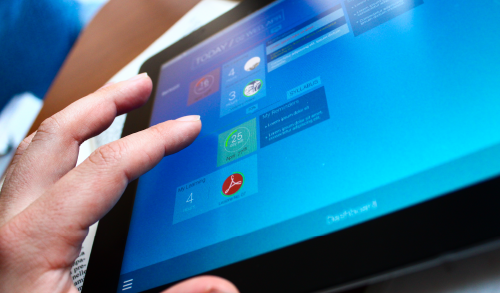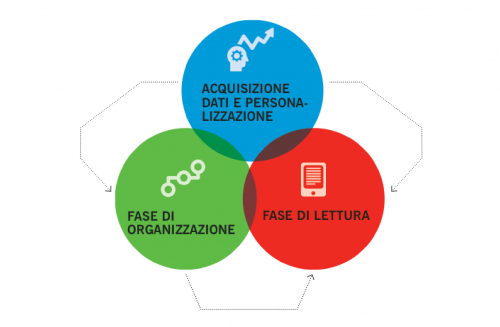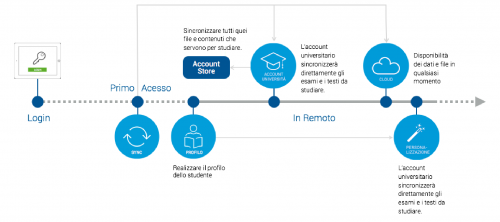Liquid Space is a service, accessed through a tablet application, that allows college students to manage, organize, and personalize their study. In this application the student can shape the digital space as he or she wishes, adapting it to his personal study methods. The service not only brings together everything a student needs for studying but also helps manage his or her academic career.
The context in which Liquid Space operates is a complex scenario because in most cases these students have their own characteristics, needs and ways of studying and need to interact with different study sources.
:: How it is works ::
The application is structured in three main areas: acquisition, the initial phase when Liquid Space learns about the student’s study habits in order to shape the application based on the individual’s needs; the organization phase allows the student to manage the various files to read, make a study plan and modify any customizations; and the study / reading section where the student devotes most time.
:: Design ::
Liquid Space was designed for students who are used to studying on paper, offering a service that on one hand aims to help in the management of the curriculum for the various examinations a student must take, and on the other to assist him or her with memorising the material, providing a set of tools immediately to hand.
:: The Report ::
This report describes in detail the process that led to the creation of Liquid Space, starting with an anthropological exploration of the world of students and research into the psychology of perception and learning; these allowed me to understand the real needs of students in order to find innovative solutions to help them study effectively. Analysis of the state of the art with respect to existing applications addressed not only the activity of reading and study, but also the current level of use by students of these types of applications, and how they communicate with their users graphically and interactively. Decisive were the interviews that gave me a number of indications for the development of Liquid Space, putting me on the right path to an innovative project.
Report in Italian with abstract also in English published on ISSUU


